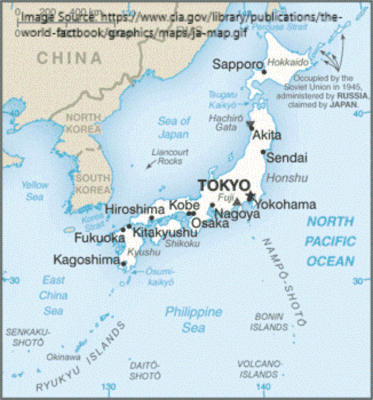Map 6.1-Japan

1.1. Background

♤ The friendship between India and Japan has a long history rooted in spiritual affinity and strong cultural and civilizational ties. India’s earliest documented direct contact with Japan was with the Todaiji Temple in Nara, where the consecration or eye-opening of the towering statue of Lord Buddha was performed by an Indian monk, Bodhisena, in 752 AD.
♤ In contemporary times, among prominent Indians associated with Japan were Swami Vivekananda, Gurudev Rabindranath Tagore, JRD Tata, Netaji Subhash Chandra Bose and Judge Radha Binod Pal.
♤ The Japan-India Association was set up in 1903, and is today the oldest international friendship body in Japan.
♤ Japan’s victory in its war against Russia in 1905 served as an inspiration to many Asian’s
including in India.
♤ The two countries have never been adversaries. Bilateral ties have been singularly free of any kind of dispute – ideological, cultural or territorial.
♤ Post the Second World War, India did not attend the San Francisco Conference, but decided to conclude a separate peace treaty with Japan in 1952 after its sovereignty was fully restored.
♤ The sole dissenting voice of Judge Radha Binod Pal at the War Crimes Tribunal struck a deep chord among the Japanese public that continues to reverberate to this day.
